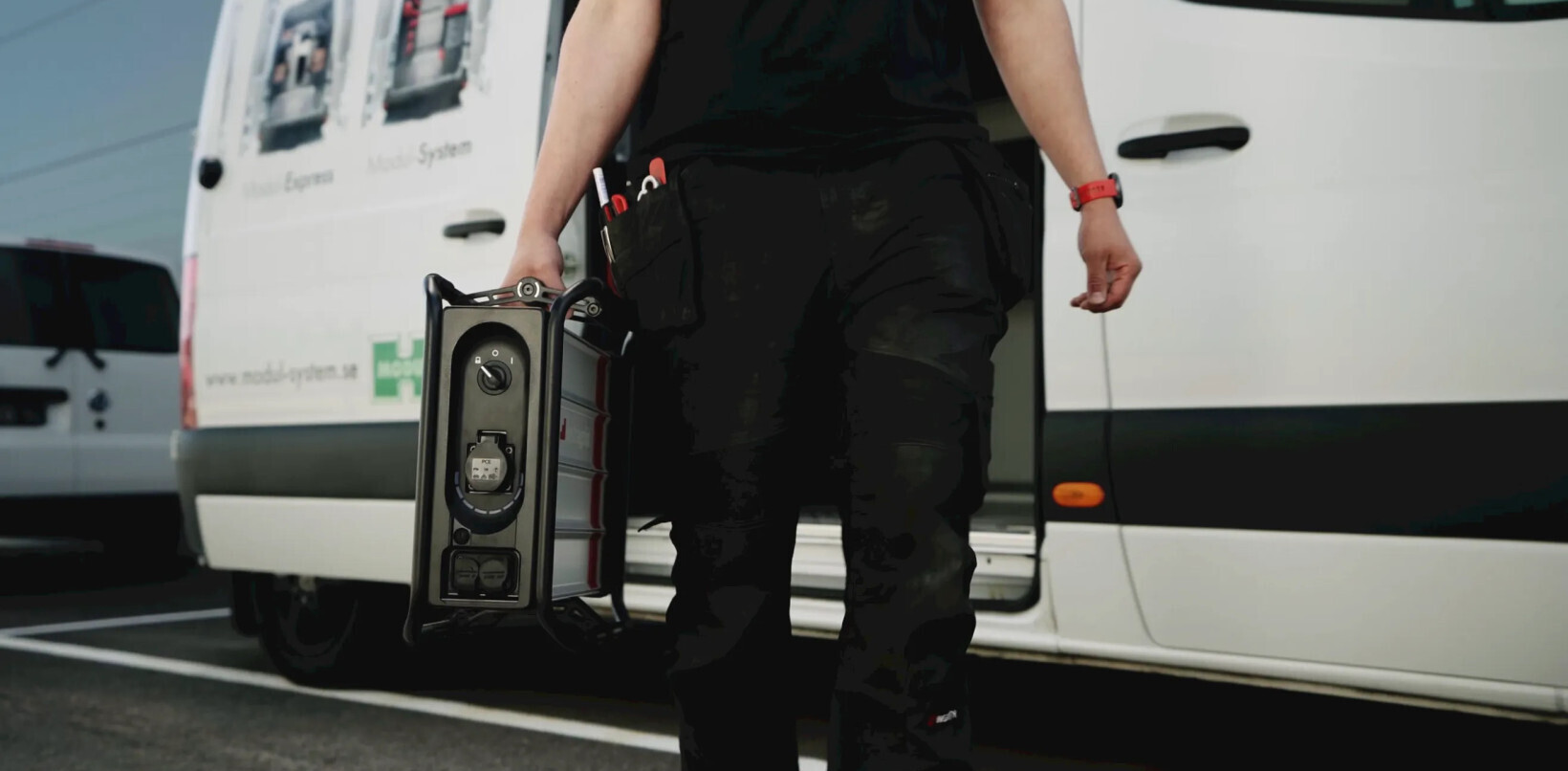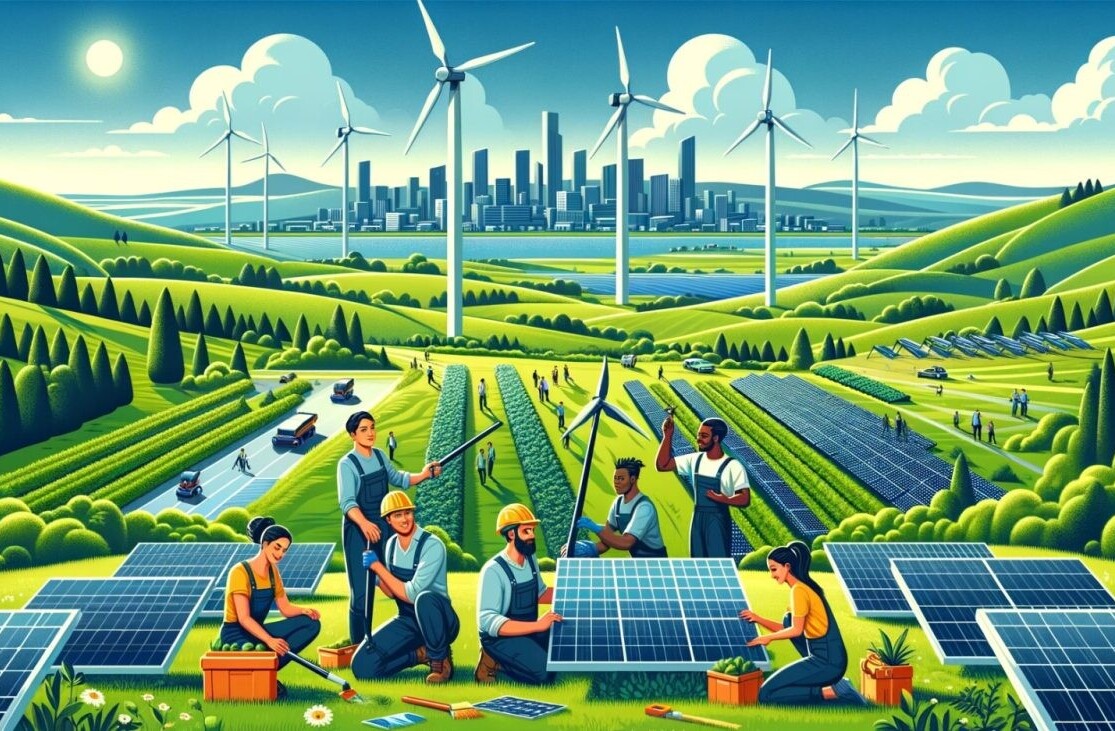
Growing up in Spain, siesta has always been an integral part of mine — as well as my friends’ and family’s — life.
Now, I’m not one to reinforce a stereotype, but there’s a reason why Spaniards, and many of their Southern European counterparts — like to have a nap.
Sometimes it’s due to the fact that an early afternoon nap immediately solves the problem of having to work outside during the hottest time of the day, but ultimately, there’s a lot to be said in terms of how siesta can help boost your productivity.
Aside from the reported health benefits, naps can pave the way for a better you at work. So, here are a few tips to help you get the most out of your snooze.
[Read: Why your website’s lack of accessibility options is opening you up to lawsuits]
Recognizing the signs
If you’re drowsy, struggling to concentrate, battling low productivity, or simply suffering the effects of a bad mood, it sounds like it may be time for you to get some much-needed shut-eye.
If you’re working from home, you can easily work your nap into your lunch break.
If you’re stuck in an office, it may be a little trickier, but it’s definitely worth speaking to HR about the possibility of installing sleep pods or making meeting rooms available to employees for lunchtime naps.
I know it sounds a little weird to have meeting rooms double up as designated napping areas, but I’ve definitely seen this been done in the past and it resulted in employees feeling happier and being more productive.
Napping is a skill and it requires planning
Once you’ve realized you need a nap, and figured out where to have one, it’s important to follow a few tips and tricks to plan it well.
- Routine is key. I wouldn’t recommend that you have a nap at random times every day. It’s important to listen to your body and figure out around what time you start to feel tired or drowsy. Typically, people often experience a sudden decrease in energy straight after lunch, so you may want to make sure you take a nap around this time. The key, though, is to ensure you nap early as you don’t want it to interfere with a restful night’s sleep.
- Short but sweet. Short naps are the best kind of naps. In fact, several studies over the years have pointed out that 20 minutes seems to be the sweet spot for a good power nap. Nap for longer and you may risk waking up feeling groggy. To avoid this, set an alarm and don’t hit the snooze button!
- Location is key. This goes back to my earlier point about finding somewhere suitable to nap. If you’re at home, think about whether getting into bed is really the best idea or if you’re better off napping on the sofa (that’s what I, the professional napper, do). Either way, you should aim to find somewhere that’s conducive to relaxation. It needs to be a quiet and private space and ideally one that’s sufficiently removed from any work connotations.
- Props. This is entirely down to personal preference but there’s no shame in needing help when it comes to napping. Whether it’s a podcast, a pillow, or simply being able to cover yourself with a blanket, everything’s fair game so long as it helps you sleep.
There’s literally no shame in the napping game — and if you’re working remotely it might be the perfect time to try it out.
Do what works for you and you’ll soon start to see the results of your new-found motivation and productivity.
Get the TNW newsletter
Get the most important tech news in your inbox each week.




